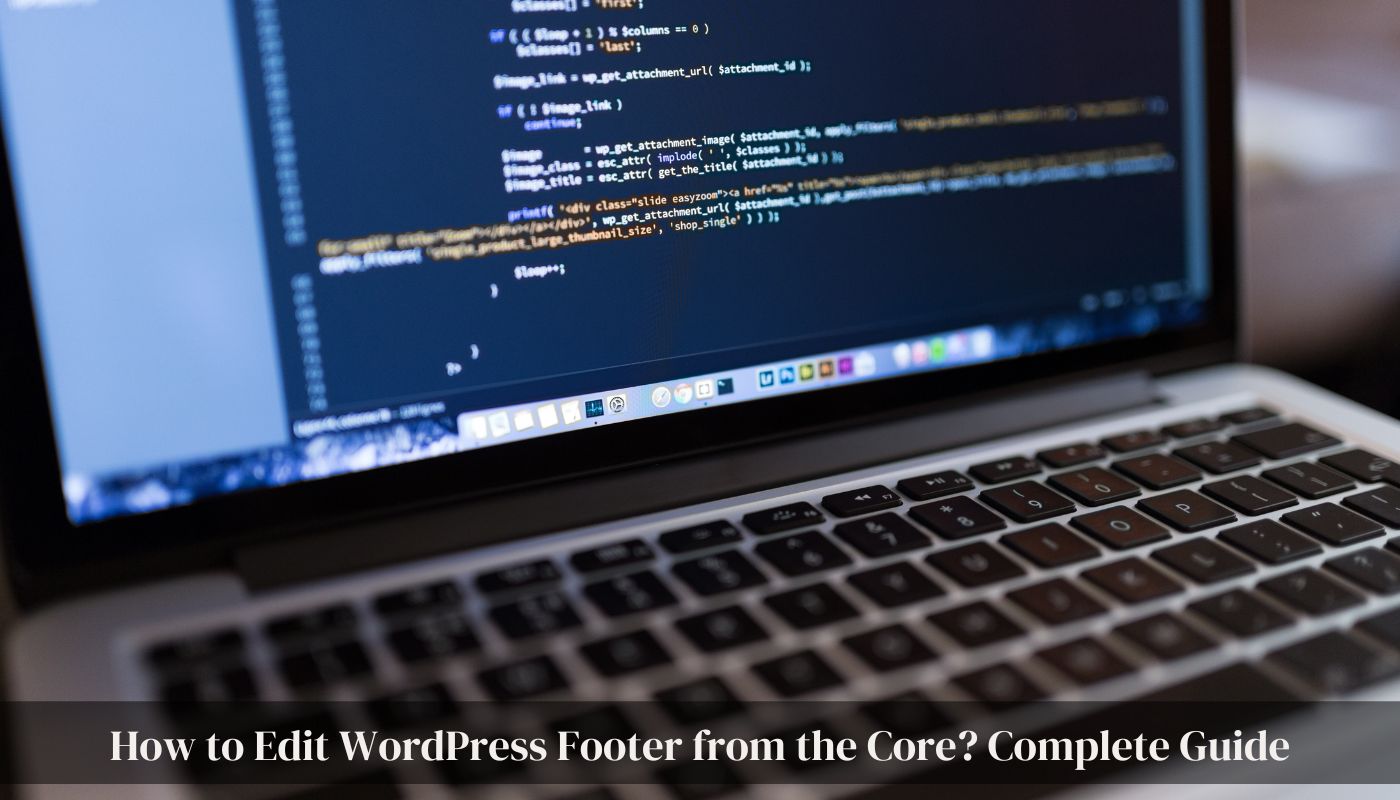When it comes to customizing your WordPress website, tweaking the footer can be a game-changer. The footer, often underestimated, is a valuable space that can be personalized to align with your brand or provide additional functionality. In this guide, we’ll explore the intricacies of editing the WordPress footer from the core, empowering you to make meaningful changes to this crucial section of your website.
Why Edit Footer in WordPress Site?
The footer of your WordPress site is the bottom section that typically contains copyright information, links to important pages, and sometimes additional widgets. Editing the footer allows you to:
- Brand Consistency: Ensure your branding is consistent across all parts of your website, including the footer.
- Information Accessibility: Provide easy access to essential information, such as privacy policies, terms of service, or contact details.
- Enhanced User Experience: Improve user navigation and experience by adding relevant links or quick access buttons.
- SEO Benefits: Optimize your footer for search engines by adding relevant keywords, internal links, or schema markup.
How to Edit WordPress Footer from the Core?
Follow below are steps to edit the WordPress Footer from the Core:
Accessing the Footer Code
To initiate changes in your WordPress website’s footer, begin by logging into the admin dashboard. Subsequently, head to the “Appearance” section and opt for the “Theme Editor.” On the right side of the editor, locate the template file named “footer.php” where the footer code resides.
Customizing the Footer Code
Prioritize the creation of a child theme before proceeding with modifications to prevent potential loss during theme updates. Delve into the customization by adding or adjusting HTML, CSS, or JavaScript within the footer code. This flexibility allows for the inclusion of various elements, such as text, links, social media icons, or even specialized scripts.
Adding Widgets to the Footer
Navigate to the “Appearance” section and access “Widgets.” In this area, introduce widgets like Recent Posts, Categories, or Custom HTML into the designated Footer widget area. Each widget can be tailored to meet the specific requirements of your site, contributing to an enriched user experience.
Customizing Copyright Information
Locate the copyright information within the footer file. Update the text to reflect the current year and include your website’s name. Further customization options involve incorporating additional copyright details or utilizing dynamic functions to automate the year display.
Using Footer Plugins
For individuals less comfortable with coding intricacies, various plugins are available to streamline footer customization. Noteworthy examples include “Insert Headers and Footers,” which enables the addition of code snippets without the need to directly edit theme files.
Testing Your Change
Post the editing process, it is imperative to conduct thorough testing of your website. Verify that all modifications appear as intended and ensure compatibility across diverse devices and browsers. This comprehensive testing phase guarantees a consistent and optimal user experience.
SEO Optimization for the Footer
Incorporate strategic keyword placement within the footer to enhance its SEO impact. Strengthen internal linking structures by including relevant links for improved navigation and heightened SEO performance. Additionally, consider the implementation of schema markup to furnish search engines with additional contextual information about your content.
Editing the WordPress footer from the core unlocks a realm of possibilities for customization and optimization. Whether you’re a coding enthusiast or prefer user-friendly plugins, there’s a method for everyone. By leveraging the power of a personalized footer, you enhance your website’s aesthetics, user experience, and search engine visibility, ultimately taking your WordPress site to new heights.
